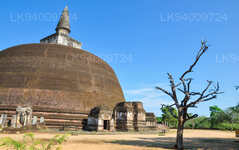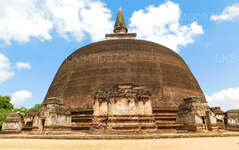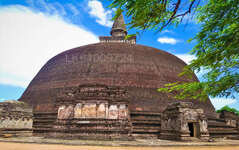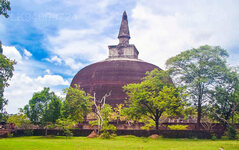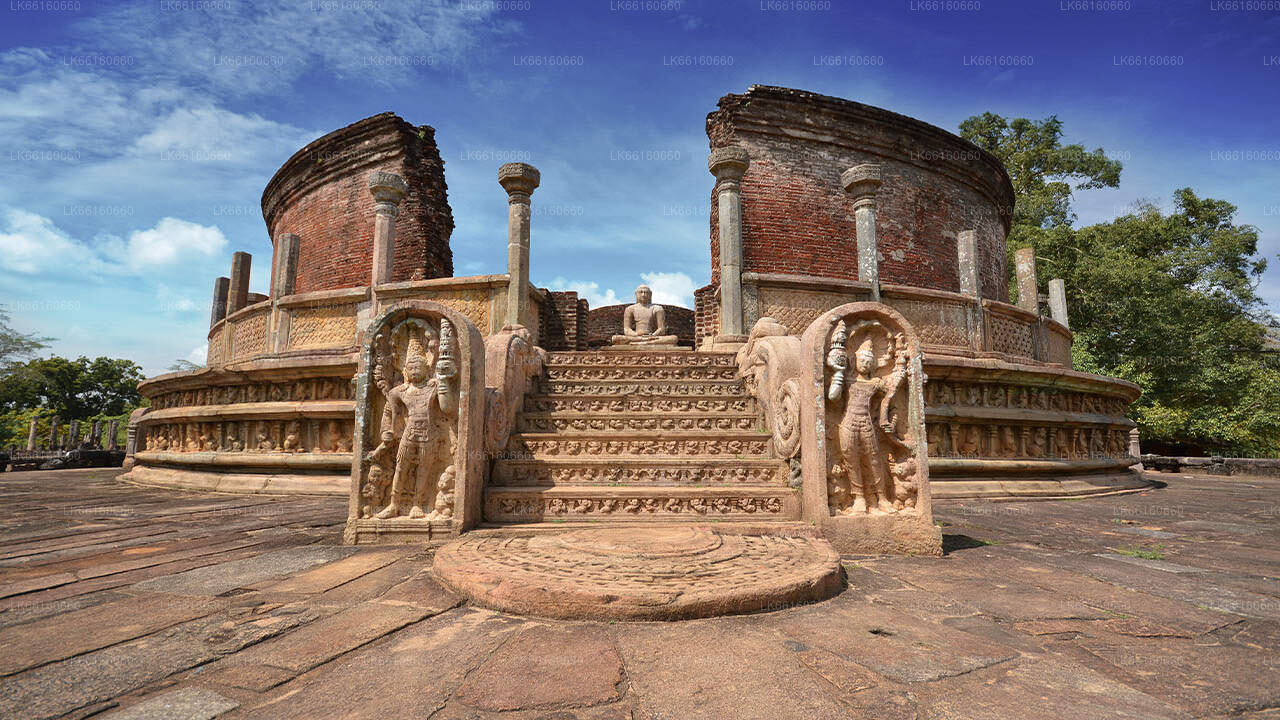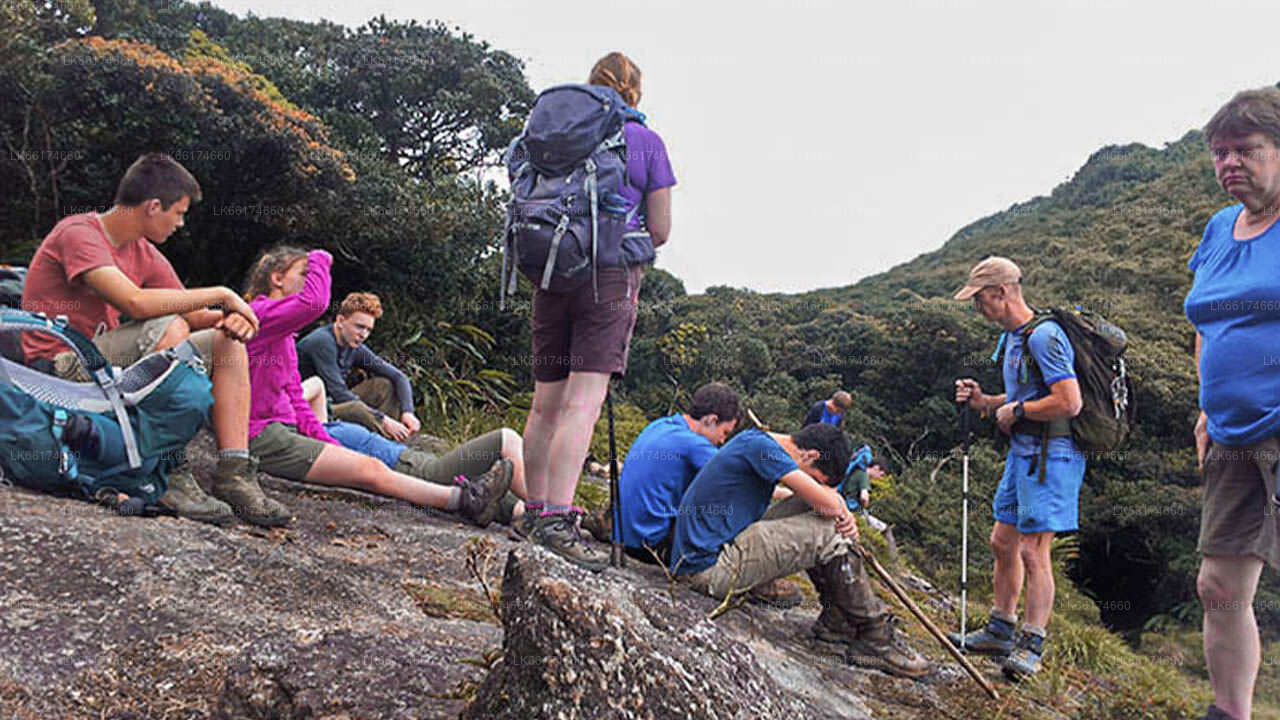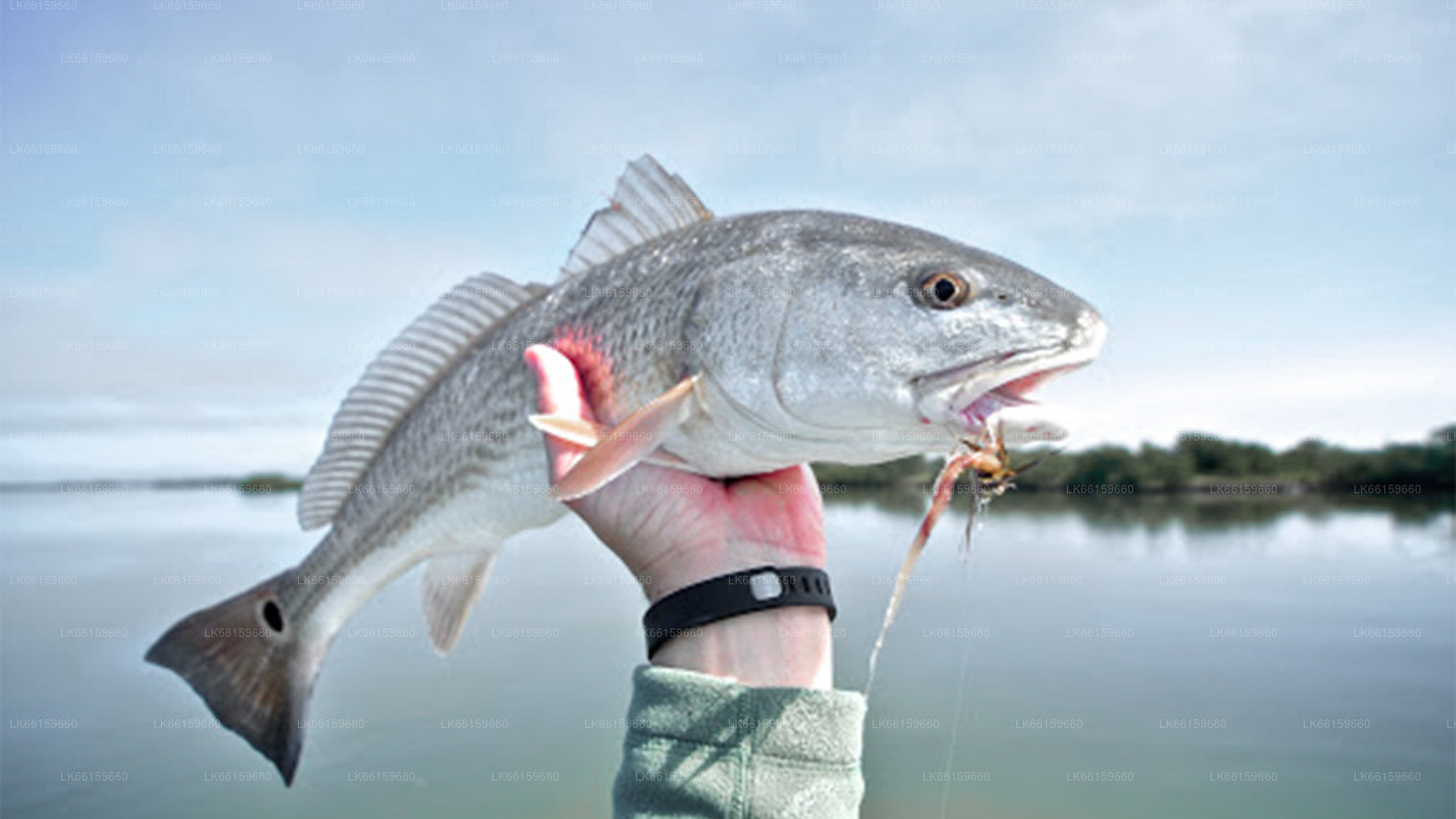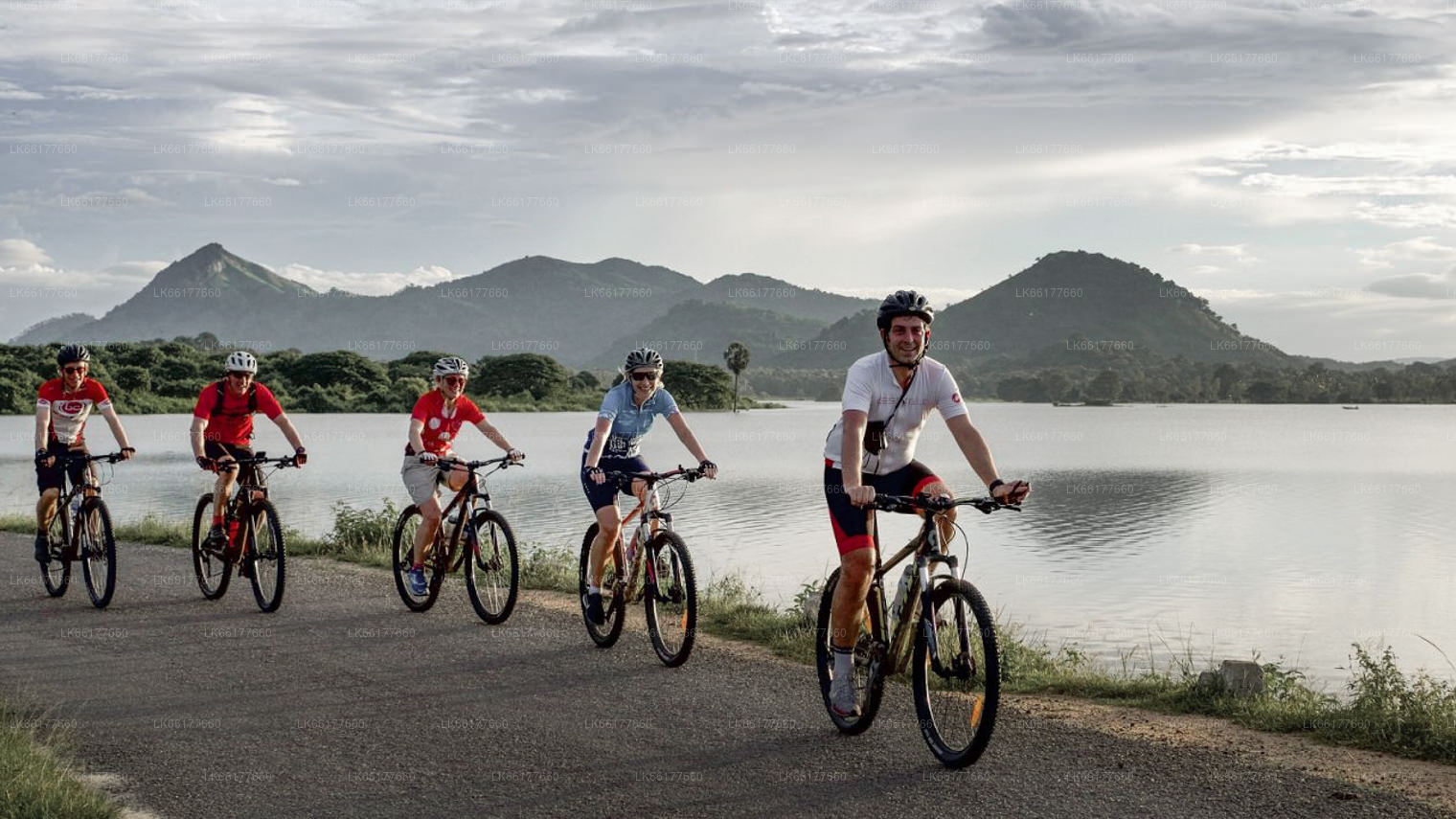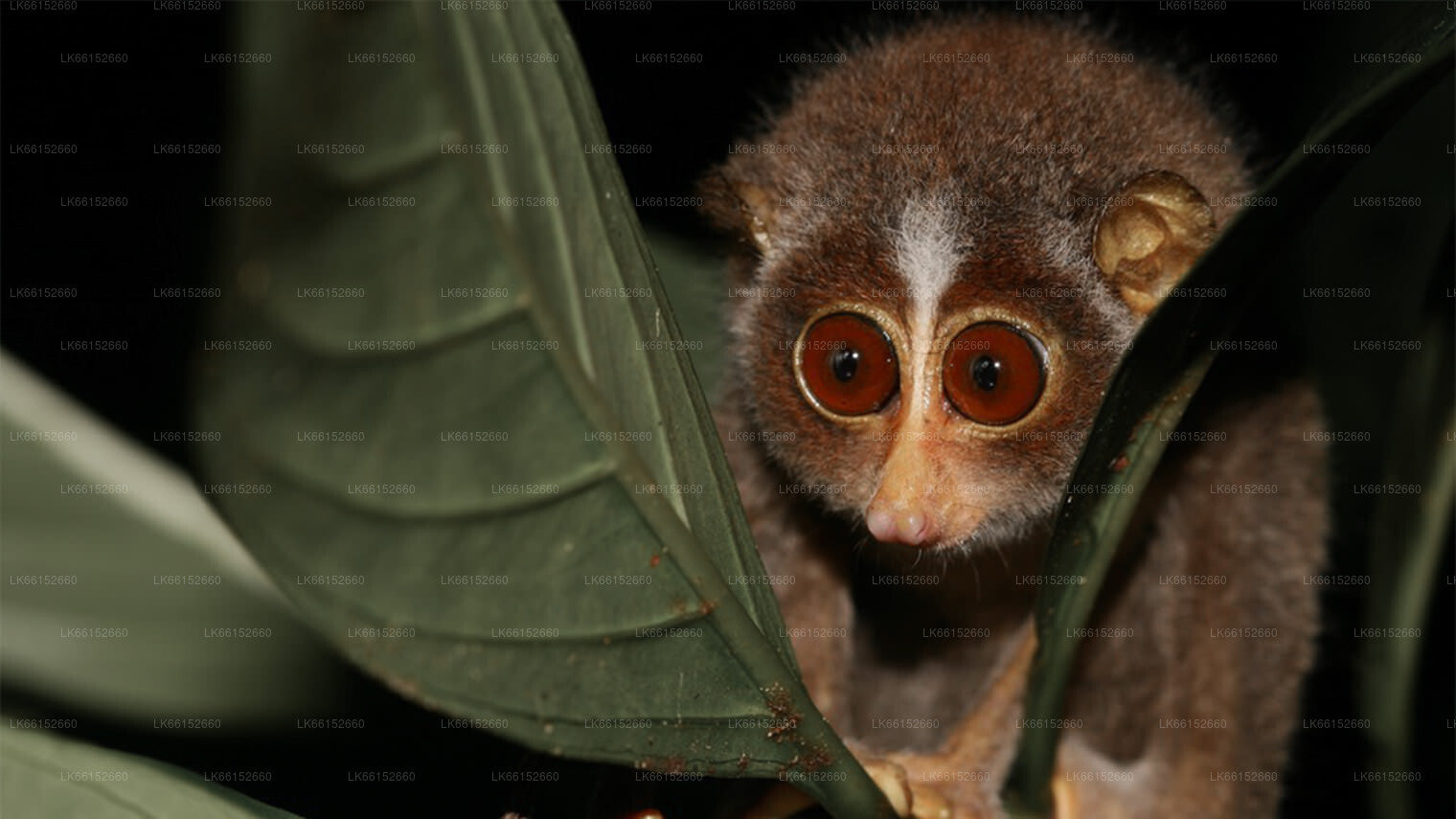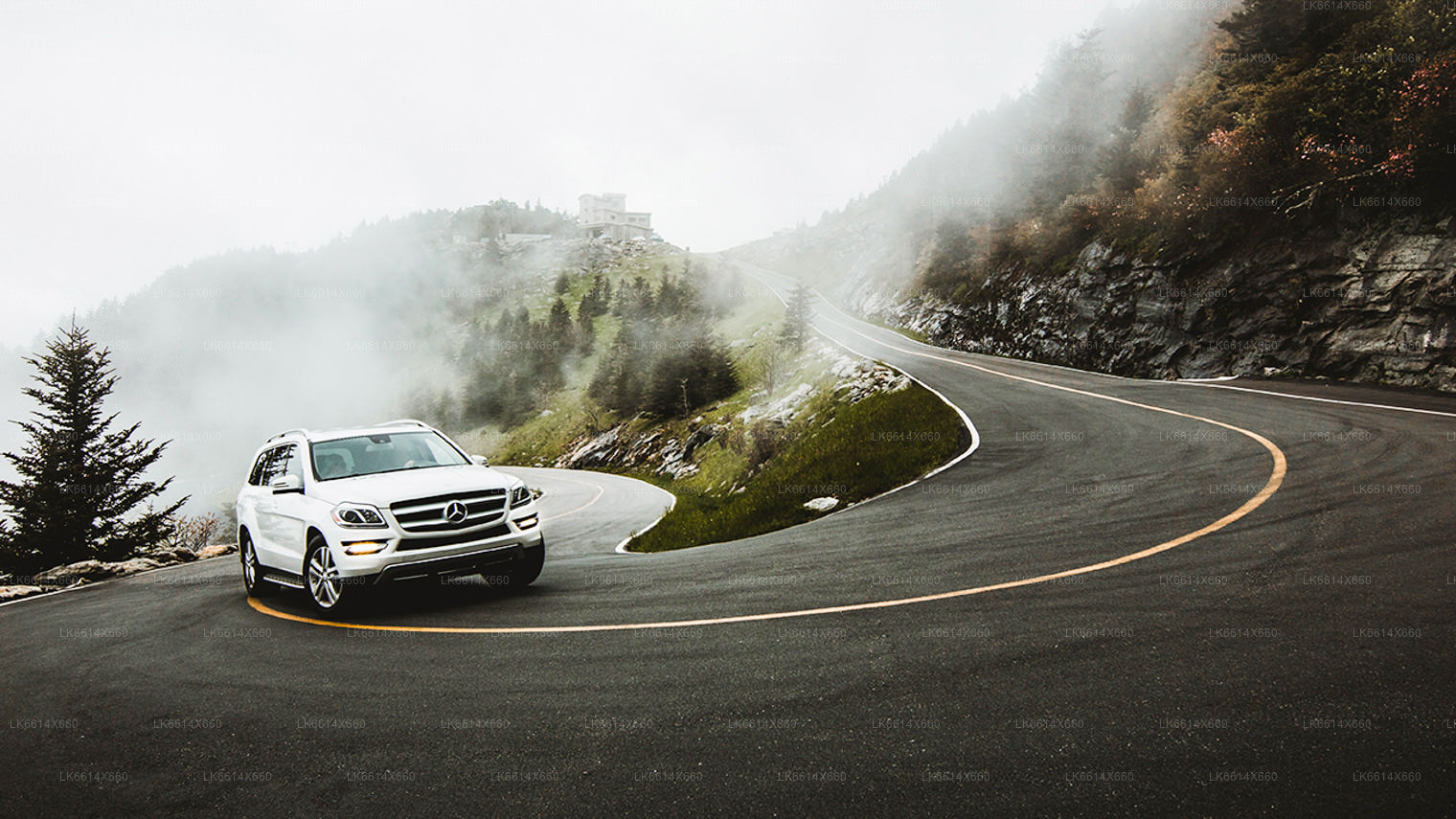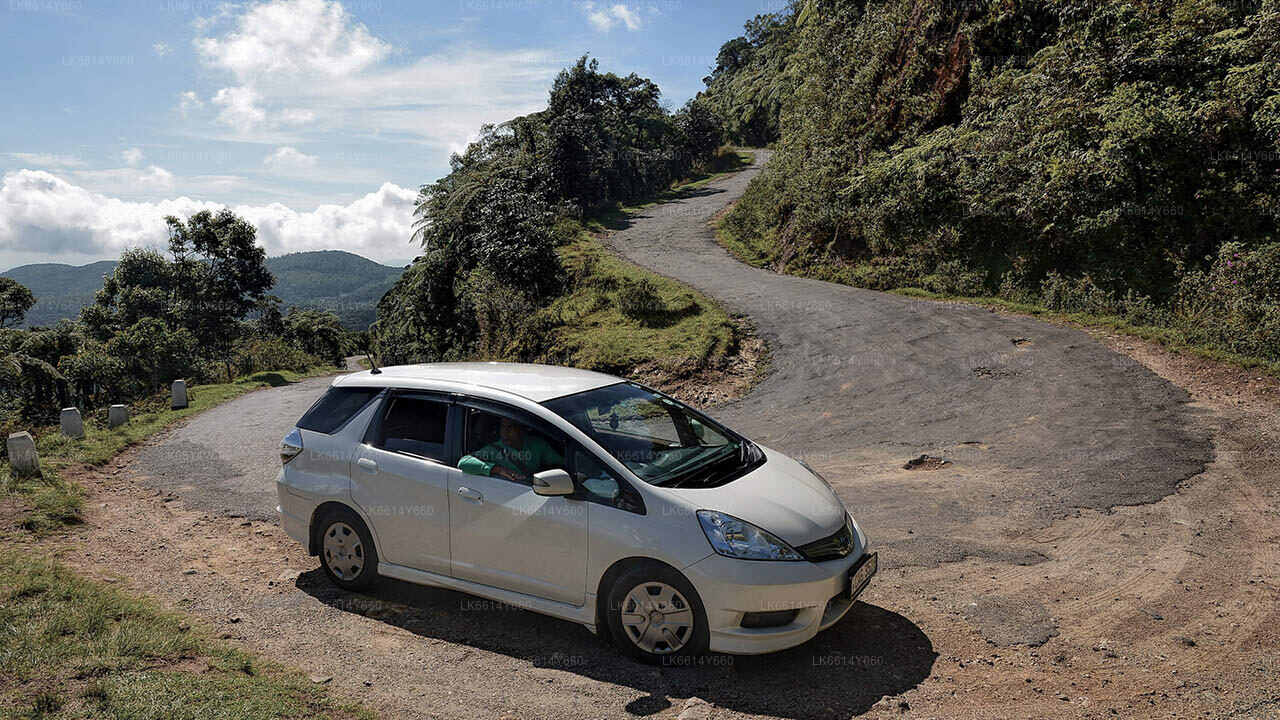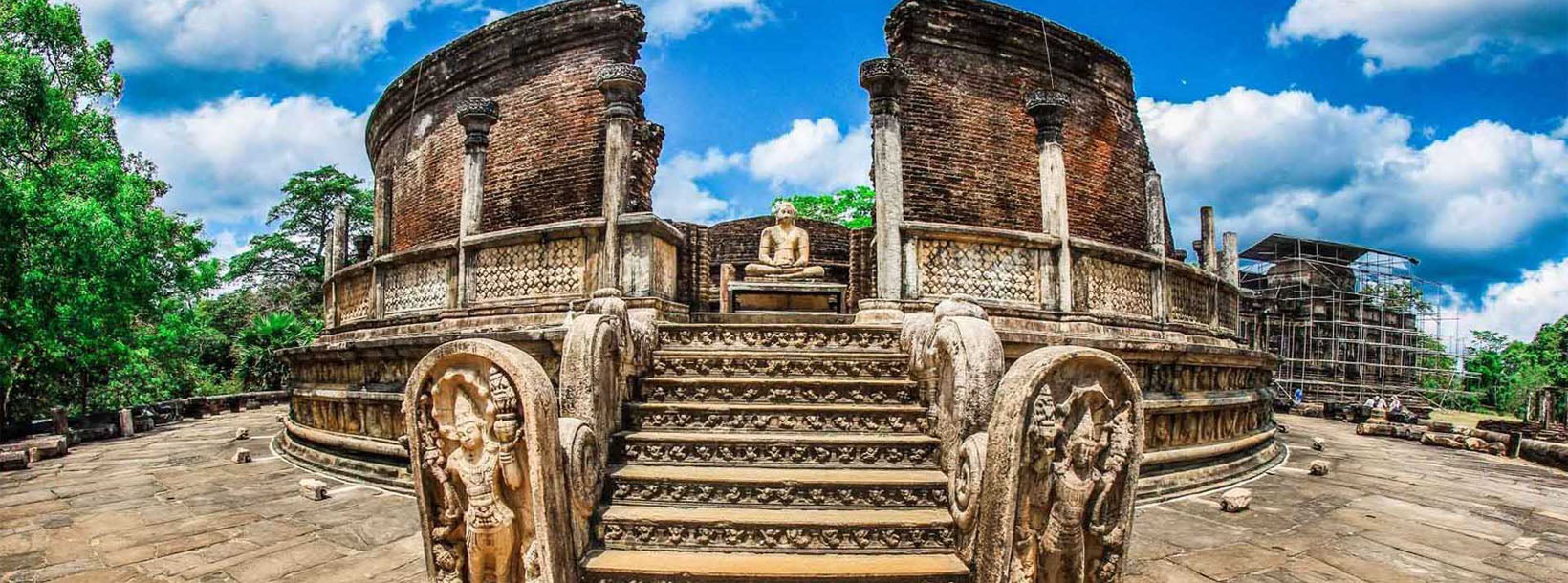
폴로나루와 시
스리랑카의 유네스코 세계문화유산인 폴로나루와는 스리랑카의 중세 수도(11세기~13세기)였습니다. 상징적인 갈 비하라(Gal Vihara) 석상을 비롯한 잘 보존된 유적지로 유명한 폴로나루와는 고대 싱할라 문명의 위엄을 보여주는 인상적인 건축물들을 자랑합니다.
Rankoth Vehera


Rankoth Vehera in Sri Lanka: Stupa with the Golden Pinnacle
Polonnaruwa was the second kingdom of the ancient kings of Sri Lanka, after the kingdom of Anuradhapura. Following the older tradition of the kings of the first kingdom, the Polonnaruwa kings too saw fit to leave their footprints in the form of stupas built during their times of reign. The stupas were usually different from in design from those of the Anuradhapura kings and followed a style unique to Polonnaruwa, but there were a few exceptions.Rankoth Vehera in Sri Lanka: Resembling Ruwanwelisaya
Ruwanweli is a stupa built by the king Nissanka Malla who ruled Polonnaruwa (AD 1187 – 1196). It was constructed in the style of the original Anuradhaphura Maha Vihara monastery stupas, bearing a close resemblance to one of the most famous stupas of Sri Lanka – ‘Ruwanwelisaya’. The original name of the stupa indicates that perhaps this resemblance was intentional. However the name was changed later on to ‘Rankoth Vehera’. ‘Ran’ means gold, and ‘koth’ is the word used for the pinnacle of a stupa in the Sinhalese language. Hence Rankoth Vehera approximates in English to ‘Stupa with the Golden pinnacle’. Rankoth Vehera is one of the most well-known and revered stupas of the Polonnaruwa era.
Rankoth Vehera in Sri Lanka: 10 Things You Should know about Rankoth Vehera
- Brick was the only construction material used in the entire stupa.
- Rankoth Vehera’s circular base has a diameter of approximately 170m (550 feet) and a height of approximately 33m (108 feet) at the tip of the stupa.
- However, renovation was carried out on the upper portion of Rankoth Vehera by later rulers changing the height of the structure. Research has shown that the original height of the stupa may have been as great as 200 feet (61m).
- Even after the drastic decrease Rankoth Vehera remains the largest stupa in Polonnaruwa, and the fourth largest in the country.
- Rankoth Vehera has four Vahalkadas supporting the weight of the stupa, which are also made of brick.
- The entire stupa lies in the center of a large square terrace that is surrounded by a brick wall.
- The terrace has four entrances in the directions of the four cardinal points, with sand paths leading up to them.
- It is inscribed on a stone close to one of the entrance that King Nissanka Malla watched over and supervised the construction of the stupa.
- The inscription also mentions that he worshiped the stupa from a stone platform.
- This platform can be found at a corner of the terrace on which the stupa is placed.
Polonnaruwa, along with Anuradhapura, has a literal treasure trove of well-preserved historical places to visit, such as Rankoth Vehera.
폴로나루와 지구 소개
폴로나루와는 스리랑카 북중부 주에서 두 번째로 큰 도시입니다. 고대 도시 폴로나루와는 유네스코 세계문화유산으로 지정되었습니다. 폴로나루와는 정복과 투쟁의 역사를 간직하고 있으며, 문화 삼각지대의 세 번째 요소로 손꼽힙니다. 캔디에서 북동쪽으로 약 140km 떨어진 폴로나루와는 역사와 문화 애호가들에게 수많은 중요한 명소를 품고 있어 끝없는 즐거움을 선사합니다.
오늘날 남아 있는 유적의 상당 부분은 파라크라마 바후 1세의 공로로 여겨집니다. 그는 공원, 건축물, 관개 시설 등 도시 계획에 왕실 자원을 대거 투자했습니다. 그의 통치 기간은 선견지명이 뛰어난 통치자 아래 왕국이 번영하고 번영했던 황금기로 여겨집니다. 파라크라마 사무드라는 거대한 탱크로, 후원자의 이름을 따서 명명되었습니다. 왕의 인기 있는 왕궁, 아름답게 조각된 석조 코끼리로 둘러싸인 알현실, 그리고 목욕탕은 당시의 뛰어난 공학 기술을 보여줍니다.
북중부 지방 소개
스리랑카에서 가장 큰 주(州)인 북중부주는 전체 국토 면적의 16%를 차지합니다. 북중부주는 폴로나루와와 아누라다푸레라는 두 개의 지구로 구성되어 있습니다. 아누라다푸라는 스리랑카에서 가장 큰 지구로, 면적은 7,128km²입니다.
북중부 지방은 투자자들이 사업을 시작할 수 있는 풍부한 잠재력을 가지고 있으며, 특히 농업, 농업 기반 산업, 축산 분야가 그렇습니다. 북중부 지방 주민의 65% 이상이 기초 농업 및 농업 기반 산업에 의존하고 있습니다. 3,000개가 넘는 중대형 탱크가 있어 북중부 지방은 "웨우 벤디 라제(Wew Bendi Rajje)"라고도 불립니다. 스리 마하 보디야(Sri Maha Bodiya), 루완웰리 세야(Ruwanweli Seya), 투파라마 다게바(Thuparama dageba), 아바야기리 사원(Abayagiri Monastry), 폴로나루와 란콧 웨헤라(Polonnaruwa Rankot wehera), 랑카틸라케(Lankathilake) 등이 있습니다.

